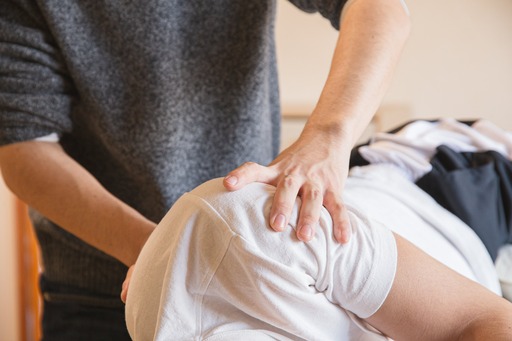Athletes, whether they compete professionally or enjoy sports as a hobby, share a common goal – to perform at their best. Achieving athletic excellence demands not only dedication and hard work but also a commitment to injury prevention and effective recovery strategies. So, this article will explore essential tips and techniques that can help athletes stay on top of their game. From proper training methods to the use of a topical gel for muscle pain, it will delve into sports injury prevention and recovery.
Prioritise Proper Training
Warm-Up and Stretching: The Foundation
Adequate warm-up and stretching routines are fundamental to injury prevention. They prepare the body for the physical demands of exercise, increasing blood flow to muscles and improving flexibility. Neglecting these crucial steps can lead to strains, sprains, and muscle injuries.
Strength and Conditioning: Building Resilience
Incorporating strength and conditioning exercises into your training regimen helps build muscle strength and resilience. A well-rounded approach ensures that all muscle groups are balanced, reducing the risk of overuse injuries and muscle imbalances.
Listen to Your Body
Recognising Early Signs
Athletes should be attuned to their bodies and pay attention to any warning signs. Persistent pain, discomfort, or a decrease in performance can indicate an underlying issue. Ignoring these signals can lead to more severe injuries down the road.
Rest and Recovery: Essential
Rest is an integral part of any training program. Adequate sleep and rest days between intense workouts allow the body to repair and regenerate. Pushing through fatigue can compromise your immune system and increase the likelihood of injury.
Nutrition: Fueling Performance and Recovery
Balanced Diet
A well-balanced diet is the foundation of athletic performance and recovery. Nutrient-dense foods provide the necessary energy and nutrients for optimal physical function. Proper hydration is also vital to prevent muscle cramps and promote healing.
Supplements: Targeted Support
Supplements like protein, omega-3 fatty acids, and vitamins can aid in muscle recovery and overall health. Consult with a healthcare professional or nutritionist to determine which supplements suit your specific needs.
Recovery Techniques
Ice and Compression: Reducing Inflammation
Ice and compression are effective tools for managing acute injuries and reducing inflammation. The R.I.C.E. (Rest, Ice, Compression, Elevation) method is a widely recognised approach to initial injury management.
Topical Gel: Targeted Relief for Muscle Pain
For localised muscle pain and soreness, a topical gel for muscle pain can provide targeted relief. These gels often contain ingredients like menthol or capsaicin, which create a soothing sensation and may help alleviate discomfort. Applying the gel directly to the affected area can be a convenient and quick way to manage muscle pain.
Seek Professional Guidance
Physical Therapy
Physical therapy can be immensely beneficial for athletes dealing with persistent or severe injuries. Physical therapists are trained to assess and treat musculoskeletal conditions, helping individuals regain strength and mobility.
Sports Medicine Specialists
Consulting with a sports medicine specialist can provide valuable insights into injury prevention and recovery. These experts can offer personalised recommendations and treatment plans tailored to your unique needs.
Conclusion
In sports, success is often measured by performance and achievements. However, maintaining peak performance requires a holistic approach encompassing injury prevention and effective recovery strategies. Prioritising proper training, listening to your body, and nourishing it with a balanced diet are essential steps. Incorporating recovery techniques like ice and a topical gel for muscle pain can address discomfort promptly. Also, seeking professional guidance ensures you receive the best care for your specific athletic needs. By combining these elements, athletes can continue to pursue their passion and excel while minimising the risk of injury.


















